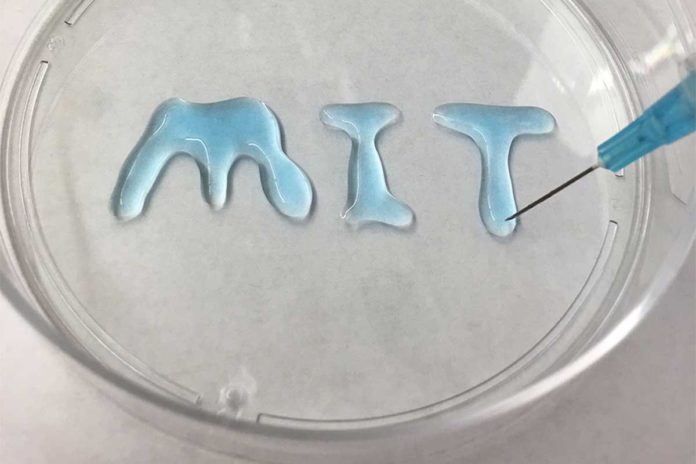A colonoscopy is an outpatient strategy were within the large intestine (colon and rectum) is inspected. A colonoscopy is ordinarily used to assess gastrointestinal symptoms, for example, rectal and intestinal bleeding, or changes in bowel habits.
About 15 million colonoscopies take place in the United States every year, and in at least 20 percent of those, gastroenterologists end up removing precancerous growths from the colon. Killing these beginning period lesions known as polyps is the most ideal approach to keep colon cancer from developing.
To diminish the risk of tearing the colon during this procedure, doctors often infuse a saline solution into space beneath the lesion, shaping a “cushion” that lifts the polyp so it’s simpler to expel securely. Notwithstanding, this cushion doesn’t last long.
MIT scientists have now devised an option — a solution that can be infused as a fluid however transforms into a strong gel once it reaches the tissue, making a progressively steady and longer-enduring cushion.
Complex lesions can take 10 to 20 minutes to remove, or even longer, but the saline cushion only lasts for a few minutes. Researchers have tried to make the cushions longer-lived by adding thickening agents such as gelatin and cellulose, but those are very difficult to inject through the narrow needle that is used for the procedure.
To overcome that, the MIT team decided to create a shear-thinning gel. These materials are semisolid gels under normal conditions, but when force is applied to them, their viscosity decreases and they flow more easily. This means that the material can be easily injected through a narrow needle, then turn back into a solid gel once it exits into the colon tissue.
To develop this gel, scientists used a combination of two biocompatible materials that can form gels under normal conditions, but when force is applied to them, their viscosity decreases and they flow more easily- Laponite, a powdery clay used in cosmetics and other products, and alginate, a polysaccharide derived from algae. (Laponite is a trademark of the company BYK Additives Ltd.)
Jay Pasricha, a professor of medicine and neuroscience at Johns Hopkins School of Medicine said, “This approach could offer “an elegant solution” to the problem of keeping lesions elevated during surgical removal.”
“It’s a growing unmet need. In the last decade, we’ve shifted toward trying to resect more complex tumors from the colon endoscopically, rather than through traditional forms of surgery. It would be great to have a material that can last throughout the duration of the procedure.”
Scientists varied the composition of the gel components to control features, for example, the viscosity which impacts to what extent the cushion remains stable.
Whenever made to last longer, this sort of injectable gel could be valuable for applications, for example, narrowing the GI tract, which could be utilized to prevent acid reflux or to help with weight reduction by making individuals feel full. It could likewise conceivably be utilized to convey medications to the intestinal tract.
Scientists found that the material had no harmful side effects in pigs, and they hope to begin trials in human patients within the next three to five years.
Traverso said, “This is something we think can get into patients fairly quickly. We’re really excited about moving it forward.”
The study appears in the July 30 issue of Advanced Science. The lead authors of the study are former MIT postdocs, Yan Pang and Jinyao Liu. Other authors include MIT undergraduate Zaina Moussa, technical associate Joy Collins, former technician Shane McDonnell, Division of Comparative Medicine veterinarian Alison Hayward, Brigham and Women’s Hospital gastroenterologist Kunal Jajoo, and David H. Koch Institute, Professor Robert Langer.
